
The world’s most mesmerizing mountain, “Kilimanjaro” is beautifully covered with snow heaps and massive rocks. It is the roof of Africa at the heart of Tanzania, looming the floating white cloud. Mount Kilimanjaro is also popular around the globe as the tallest free-standing mountain which offers every layman to trek on it. From the bottom of the sea to the top of clouds, the total height of this mountain is 19,320 feet. For several years hundred thousand people have been Climbing Mount Kilimanjaro and nearly 97% of them have made it happen. As a benefit climbers can enjoy Kilimanjaro Wildlife at the same time while trekking.
This massive giant is having 7 diverse routes with 5 different environments that support numerous challenging lives on it. You may have read before about the 7 Kilimanjaro Routes and challenges, so we haven’t mentioned it. Here we will discuss the unbelievable Wildlife at different layers and ecosystems of Mount Kilimanjaro.

Their name itself signifies their condition and lifestyle. Let’s know about them in more detail:
Wildlife Vegetation
Plantation on Rain Forest
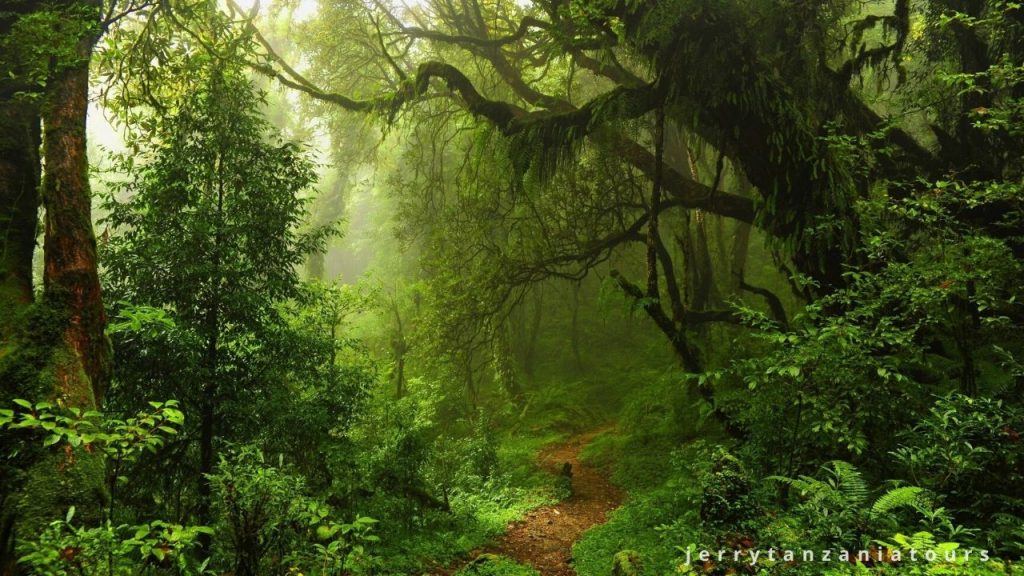
The lowest zone or the lower land starts from 800 to 1800 meters. It is also known as the humid rain forest. While Climbing Mount Kilimanjaro you can encounter huge trees and vines coving the way. This part of the Mountain touches the northern circuit of Tanzania. You can also encounter the sparse vegetation filled with different colors. This part of the land is most fertile as it gets showers of water and nutrient soil. Few common crops that can be easily found are banana, potatoes, beans, yams, and maize. Many species of flowers can find in this area like poisonous Lantana, and elephant trunk flower. The world’s most delicious coffee plantation can also find here.
Plantations on Heath Zone
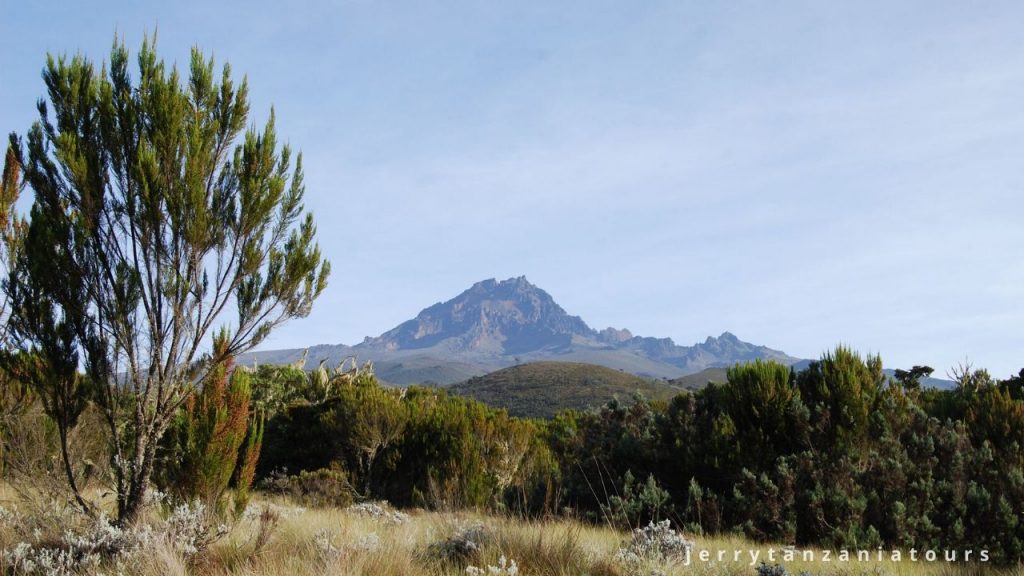
The second layer is known as the “Heath Zone”. This part of Kilimanjaro is the kingdom of shrubs, out of which maximum are flower plants and you can view the colorful face of Kilimanjaro Wildlife. This zone reaches up to 2800 meters full of tropical forests. Here the plantation depends on the humidity of the forest so they have acquainted with it. Heath zone is having reach irrigation full of scented powder puff flowers, veils of lichens, and lemon-scented begonias. With the numerous animals here you can also encounter a huge population of large and small animals.
Grassy Moorland Plantation
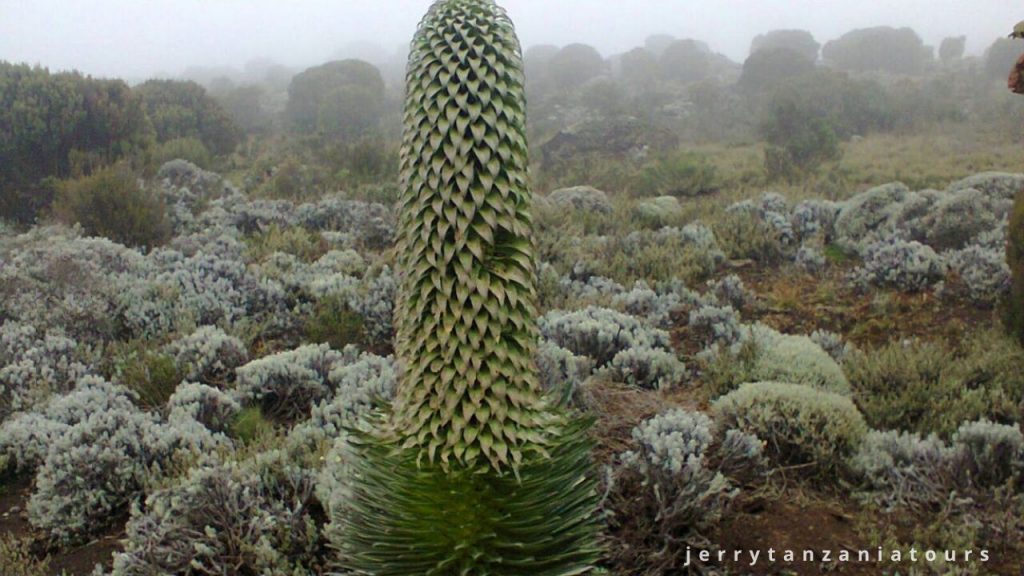
Grassy Moorland is the third layer of Kilimanjaro that extended up to 4000 meters. It is full of beautiful and silky golden flowers, also giant lobelias and groundsel can be spotted here. It is the middle zone, so you can experience both wet and dry weather. The golden daisy flower is the most breathtaking. An extraordinary thing that can be encountered here is a strange plantation. The plants of this zone can defend the extreme cold and hot weather.
Alpine Deserts Plantation
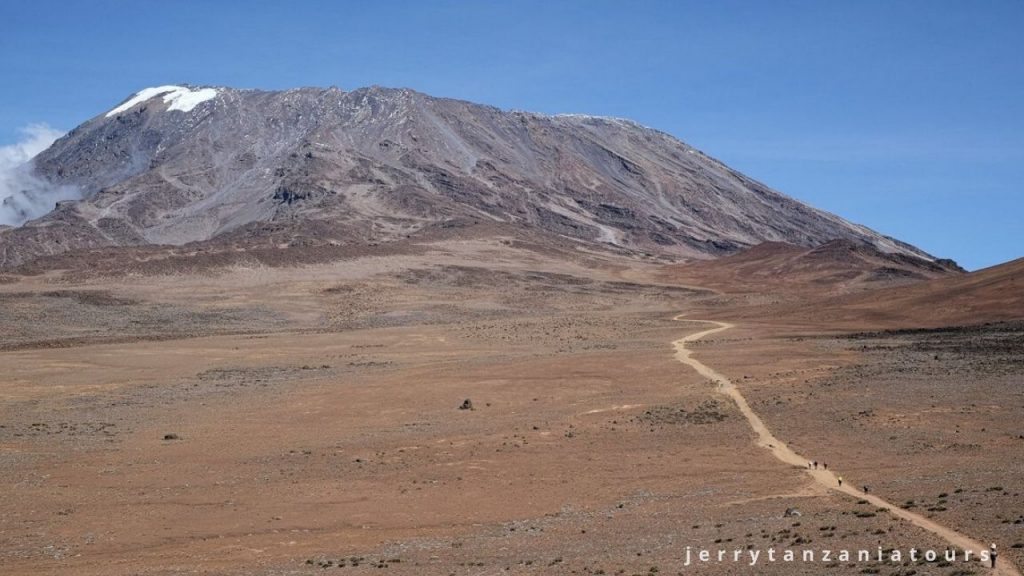
It is one of the toughest zones of Kilimanjaro because to see this region you have to climb over 4000 to 5000 meters. Though it is a desert area then also you can spot 60 species of plants at this range. Cactus is the most populated plant whereas papery flowers are the beautiful ones. During the night the soil gets moist with humidity so fungus and algae can also be seen here. From this region, you can also view the great crater of Mount Meru.
Plantation On Arctic Or Summit
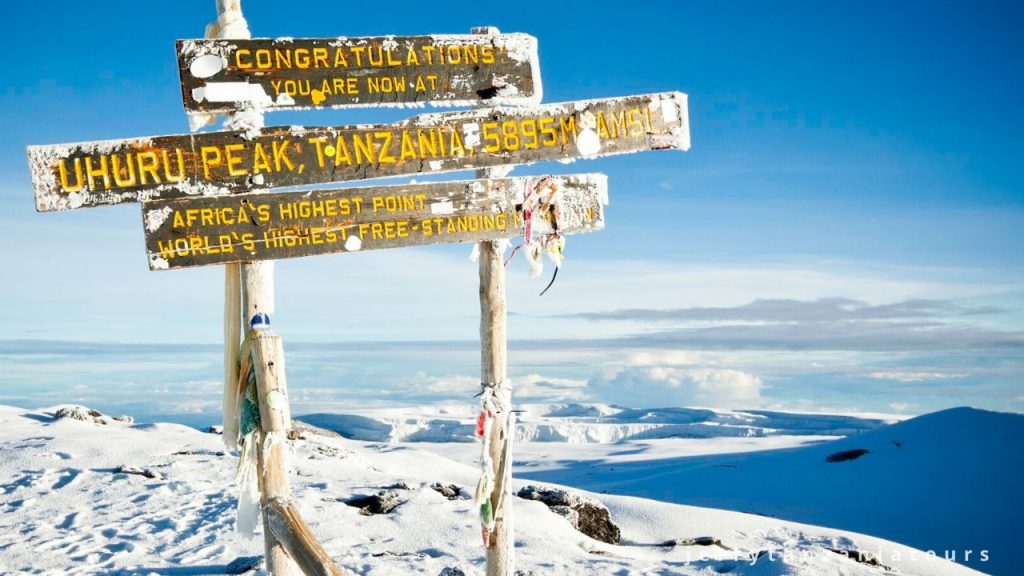
The final layer extended from 5000 meters to 5895 meters, touching the roof of Africa. This region is called the artic as it is full of huge blocks of ice. It’s quite hard to find any plantation in this region because there is a lack of oxygen. So, the species which is surviving here for millions of years is lichens. It is fighting with rough and tough weather as well as growing slowly. While Mount Kilimanjaro Climbing, these are the oldest species of plants that can be encountered.
Mount Kilimanjaro Wildlife
Great Mount Kilimanjaro is supporting hundreds of various species of wildlife & the primates commonly find here. Leaving the monkeys it is also home to great predators like leopards, hyrax, and duiker. Duiker is one of the extinct species that can be encountered here. Also, some of the big animals like elephants, and buffalo can also be seen here. There are some unique bird species that can also be encountered here like robin-chats, greenbuls, cuckoo, and sunbird.
Animals in Kilimanjaro
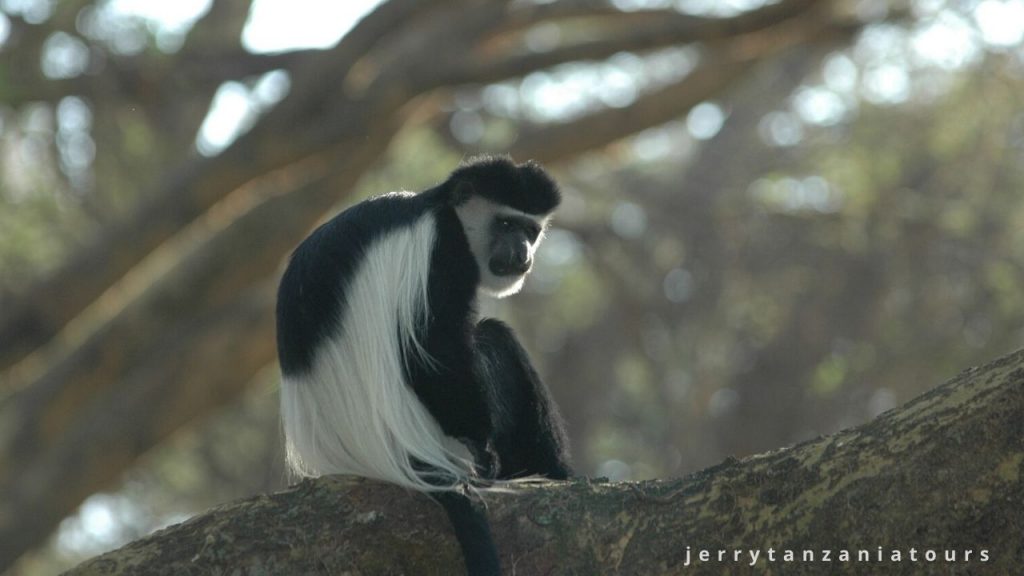
Kilimanjaro National Park is at the foothills of Mount Kilimanjaro. Three out of the big 5 animals like leopard, elephant, and Cape buffalo can be seen in this national park. Also, some of the specific primates like black and white colobus monkey, blue monkey, and baboons can be spotted here. Other animals that can be viewed while Mount Kilimanjaro Climbing, are a giraffe, warthog, bush back and dik-dik, etc.
Endemic species
Maximum people coming to Tanzania wish to see the wildlife of big 5 and the endangered species like black rhino, wild dog, cheetah, etc. But in the meantime, we forget about the epidemic species of the area. So, here we will discuss the 6 epidemic species that can spot during your Kilimanjaro Climb. Some of the names are Civet, Genet, Serval, Crested Porcupine, Tree Hyrax, and Young Aardvark. These unique animals can find in the upper region of Kilimanjaro so you cannot spot them easily at the lowland parks.
Birdlife On Kilimanjaro

1st and 2nd layer of Kilimanjaro is having sparse green vegetation, resulting in attracting hundreds of wildlife species of migratory birds towards it. Here you can encounter some of the tropical African Birds like Hartlaub Turaco, Schalow’s Turaco, Violet Turaco, Narina Trogon, and silvery checked hornbill. Also, there are many other common species of birds can find here, these beautiful birds are having different colour feather and beak.
Significantly we can say that Mount Kilimanjaro itself is a unique Wildlife World. It is supporting the 5 distinct environments of the earth which is quite miraculous. Also, the animals and plants that have made their bodies sustainable to such a drastic changing environment show a different possibility of life.
Kilimanjaro Climb is the only process to explore the various wildlife support on the Uhuru peak. Moreover, you need an expert guide to identify and find them easily inside the vast area. With Jerry Tanzania Tours, your trip can change into a marvelous journey of life, as we are good adventurer in this field. Click here to know more about us @ https://www.jerrytanzaniatours.com/